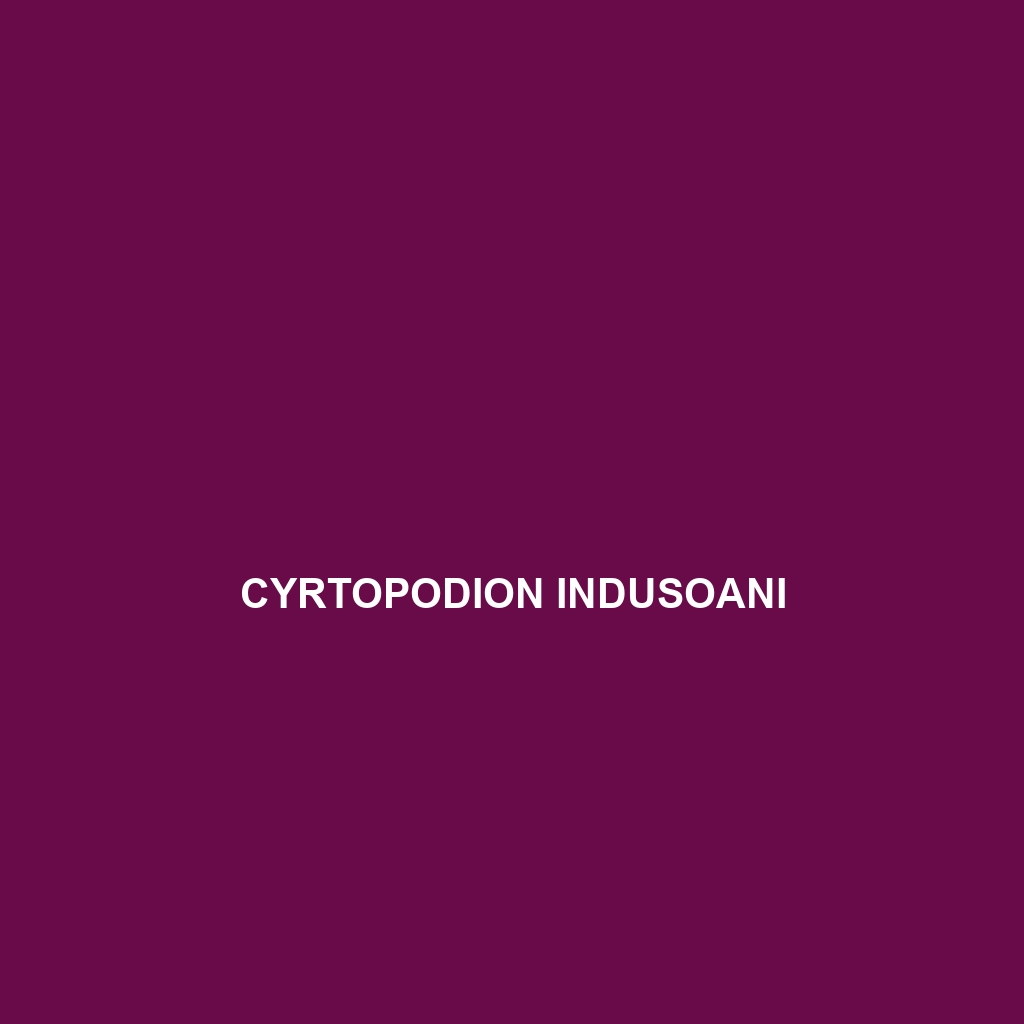Cyrtopodion hormozganum: A Comprehensive Species Description
Common Name: Cyrtopodion hormozganum
Scientific Name: Cyrtopodion hormozganum
Habitat
Cyrtopodion hormozganum is primarily found in the arid regions of southeastern Iran, particularly in Hormozgan Province. This species thrives in rocky habitats, including dry deserts and scrublands, where it utilizes crevices for shelter and hunting. The unique geological formations in this area provide a suitable microhabitat that supports their lifestyle.
Physical Characteristics
This species exhibits notable features including a relatively small size, typically measuring around 8 to 10 centimeters in length. Cyrtopodion hormozganum has a distinctive coloration that ranges from light brown to sandy tan, often with dark speckles that aid in camouflage against the rocky terrain. Its elongated body is complemented by well-defined limbs and a flattened tail, which enhances its ability to navigate its habitat efficiently.
Behavior
Cyrtopodion hormozganum showcases fascinating behaviors typical of many gecko species. They are primarily nocturnal, emerging at night to hunt for food and avoid daytime predators. Their unique climbing abilities allow them to navigate vertical surfaces effortlessly, making them adept at evading threats. Additionally, they communicate through subtle body movements and changes in color patterns, particularly during mating rituals.
Diet
The diet of Cyrtopodion hormozganum consists mainly of various insects and invertebrates. They are known to feed on ants, beetles, and small spiders, employing a sit-and-wait strategy to catch their prey. This species plays a vital role in controlling insect populations within its ecosystem, showcasing their importance in maintaining ecological balance.
Reproduction
Cyrtopodion hormozganum reproduces during the warmer months, typically from late spring to early summer. Females are known to lay clutches of two eggs in hidden locations to protect them from potential predators. The incubation period lasts approximately 60 days, after which the hatchlings emerge, fully formed and independent, equipped to survive in their harsh environment.
Conservation Status
The current conservation status of Cyrtopodion hormozganum is classified as “Vulnerable” due to habitat loss and environmental changes affecting their natural habitats. Efforts to conserve the unique ecosystems of Hormozgan Province are crucial for ensuring the survival of this species and maintaining biodiversity in the region.
Interesting Facts
One fascinating fact about Cyrtopodion hormozganum is its unique ability to change color slightly as a means of communication and camouflage. Additionally, this species has been observed using its tail as a distraction technique, shedding it in response to predators, much like other lizard species.
Role in Ecosystem
Cyrtopodion hormozganum plays an essential role in its ecosystem by acting as both predator and prey. As an insectivore, it helps regulate pest populations, and in turn, it serves as a food source for larger predators, contributing to the ecological food web. Furthermore, their presence indicates a healthy habitat, making their conservation vital for ecosystem stability.
